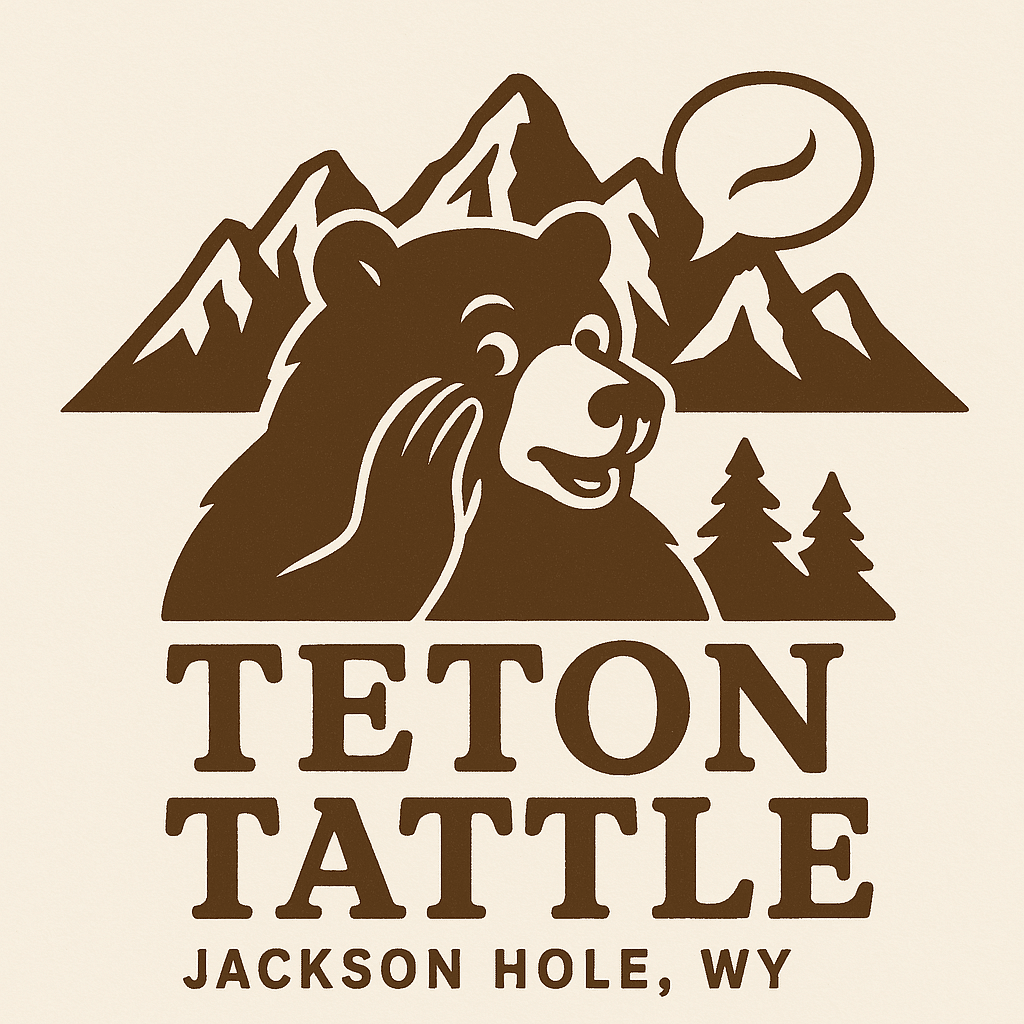A Warm Fall in Jackson… But Big Changes Are Coming
It’s been a stunningly warm and golden fall across Jackson Hole. Bluebird skies, crisp mornings, and hardly a hint of early snow. But according to the Climate Prediction Center, that’s about to change in a big way.
A weak La Niña pattern has officially taken hold. It is expected to persist through the winter months, bringing a classic northern Rockies setup: above-normal precipitation for northwest Wyoming, including Jackson Hole. In plain terms, the odds favor a snowier, wetter winter ahead.
What the Official Outlook Says
- The CPC confirms that a weak La Niña is already underway and is favored to persist through December 2025 – February 2026, with about a 55% chance of transitioning to ENSO-neutral in January-March 2026.
- For the U.S. winter (Dec–Feb) outlook:
- Precipitation: Elevated odds for above-normal precip across the Pacific Northwest, northern Rockies, northern Plains, and western Great Lakes.
- Temperature: Much of the northern tier shows “Equal Chances” for above/near/below normal; the South leans warmer.
- For Wyoming Specifically: The forecast suggests that northwest Wyoming, including the Jackson Hole area, falls into the “above-normal precipitation” zone.

Winter 2025-26 & Jackson Hole: What to Watch
- A wetter storm track is more likely this winter in the Northern Rockies, meaning the Tetons area can expect increased chances of storms and snowfall, especially in active periods.
- The “Equal Chances” temperature outlook means cold snaps are still very possible, even if the season as a whole isn’t guaranteed colder than average.
- For tourism, ski resorts, ski patrol, and avalanche safety: The combination of above-normal precipitation odds + mountain terrain means there’s a higher chance of significant snowfall runs, increased avalanche cycles, and potential travel/chain-control events for mountain passes.
- For water & watershed planning (Upper Snake / Teton Basin): More precipitation is a positive sign for snowpack and spring runoff.





